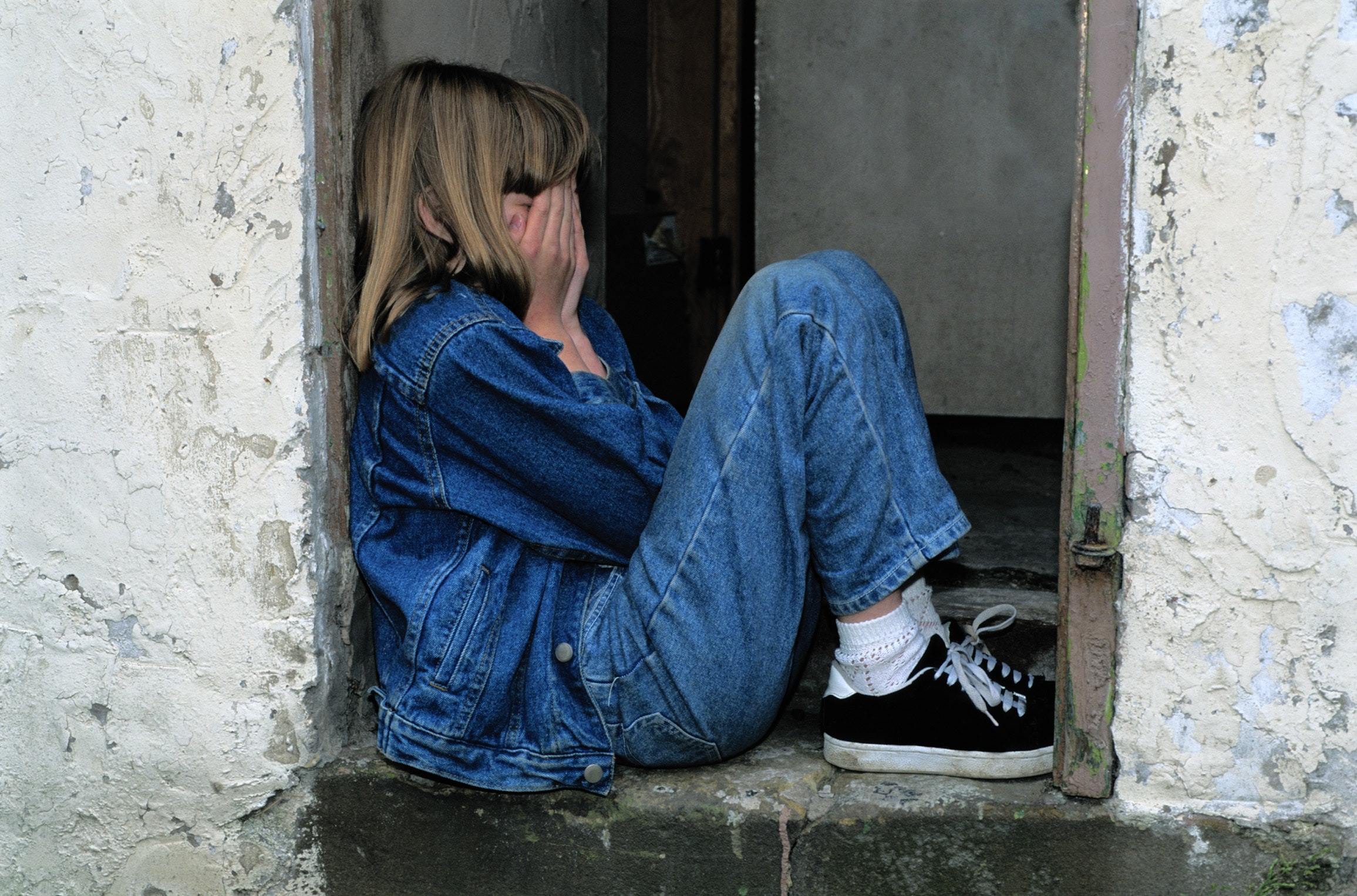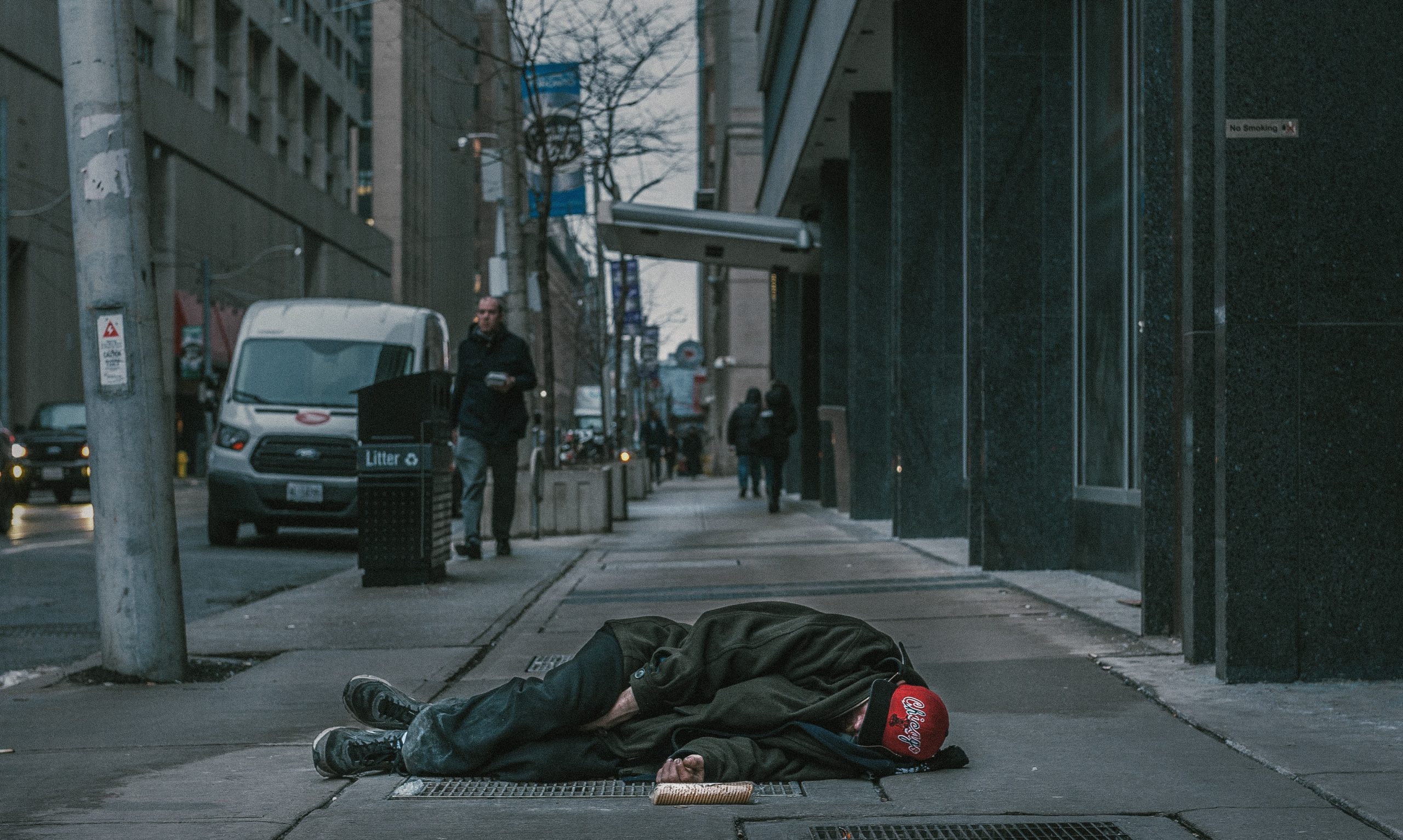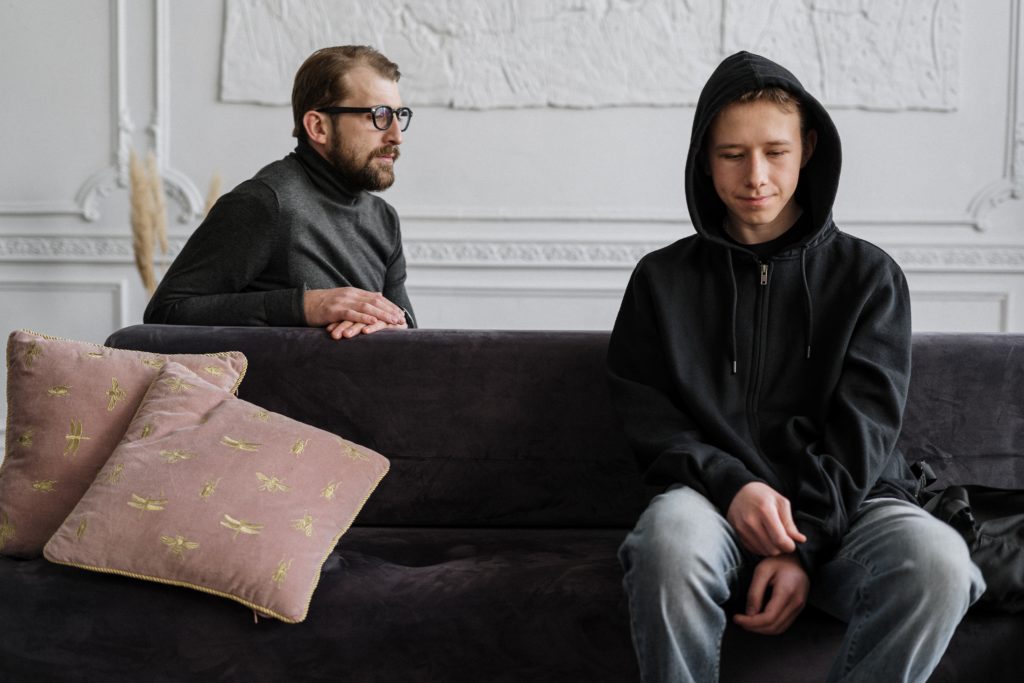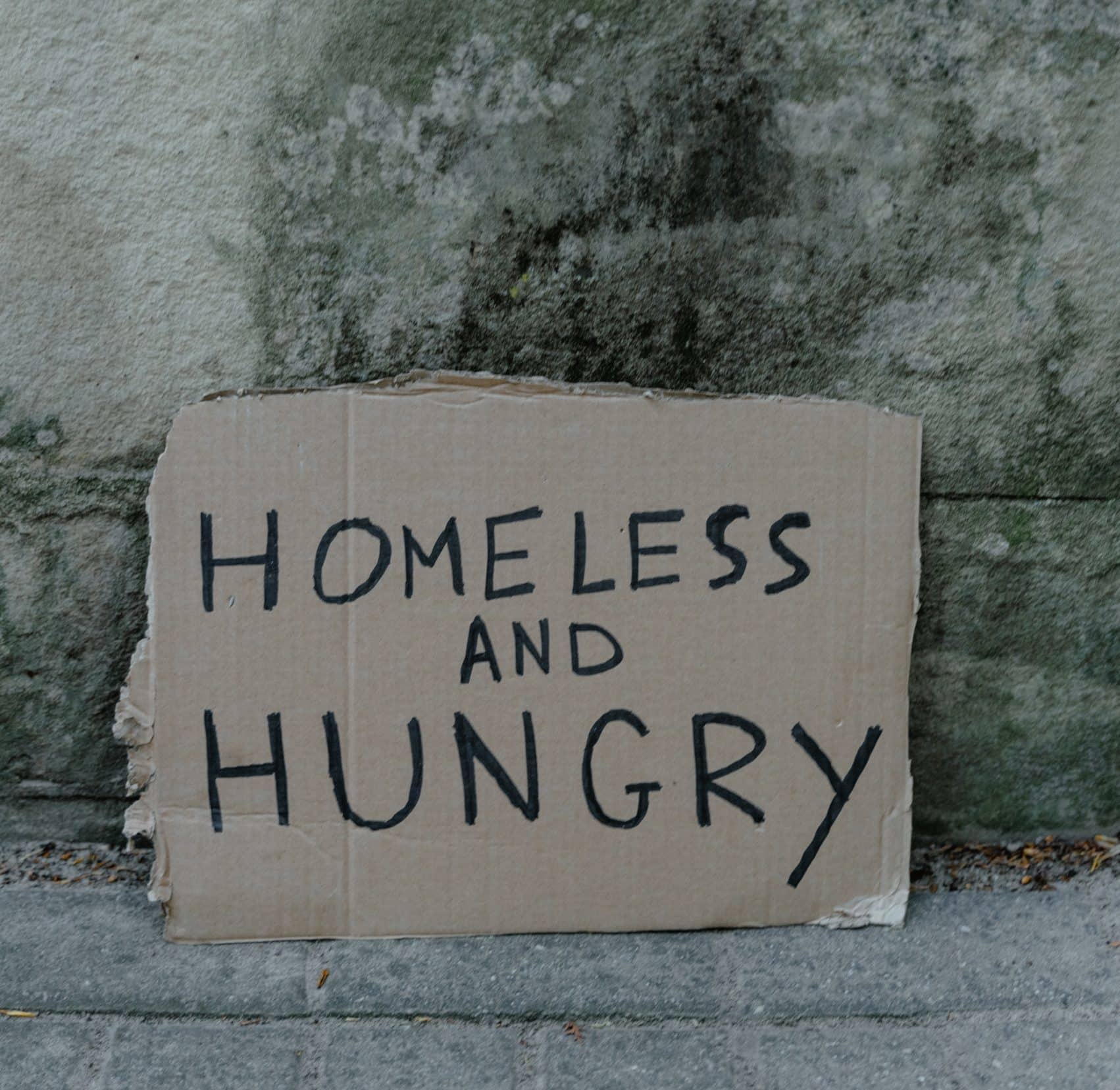Children and young people make up 2 in 5 of all people experiencing homelessness in Australia* This is a grim statistic in a country as prosperous as Australia.
The reason young people become homeless is varied and complex. Major triggers include family violence, relationship breakdown, overcrowded and inadequate housing, poverty, and the current housing crisis and increased cost of living.
Many young people simply have no other choice but to flee their current home without another fixed address to go to. Often, their emotional, physical and mental health is threatened and staying where they are is intolerable. But what happens when they leave a fixed address with nowhere else to go?


Once homeless, young people often find themselves on the margins and cut off from mainstream society. They struggle to find work, continue their studies, and maintain good health and well-being. This can lead to unemployment, substance abuse, and health complications. There are strong links between mental health and homelessness in young people. It’s a cruel double-edged sword – mental illness increases the risk of homelessness and being homeless also triggers mental illness.
For young people experiencing homelessness, it can be very difficult to access suitable rental accommodation or visit doctors and other mainstream services. Young people can enter an exhausting and destructive cycle that can be hard to escape – bouncing between overcrowded dwellings, short-term homeless accommodation, couch surfing, boarding houses and rough sleeping.
Throughout October, there have been several national and international initiatives to raise awareness for issues that impact and exacerbate youth homelessness.
On 10 October the Property Industry Foundation and people around the world joined together to mark World Homeless Day an initiative to bring attention to the needs of people who experience homelessness in our communities and to encourage people to get involved in responding to homelessness.

16 to the 22 of October was Anti-Poverty Week – dedicated to ensuring all Australian children and families can cover the basics and have a secure roof over their head. With more than 3.24 million people living below the poverty line in Australia, including 774,000 children, there are many ways we can lift up and support young people experiencing poverty and hardship that can so easily lead to homelessness.

October is national Mental Health Month, an initiative of the Mental Health Foundation Australia (MHFA) to advocate for and raise awareness of Australian mental health. A number of activities have been running through the month, under the theme: ‘Building Resilience: Communities and Connections’.

Last weekend, 16 industry leaders completed a two-day trek through Queensland’s Scenic Rim to raise much-needed funds and awareness for Australia’s growing youth homelessness crisis. They spoke about it yesterday at the Property Congress in the Gold Coast.
Through generous contributions to the Haven Project and our many fundraising events, the construction and property industry responds to the issue of youth homelessness every month of the year.
We thank each individual and organisation who is supporting us in building homes for at-risk and vulnerable young Aussies.

*ABS census, 2016
Sources:
